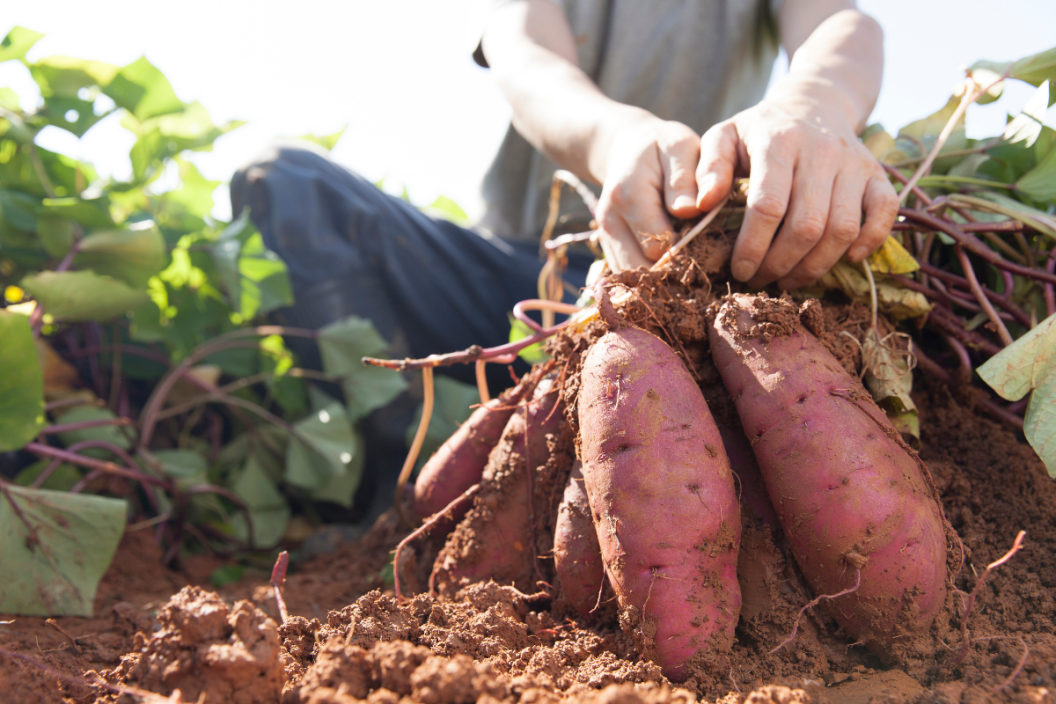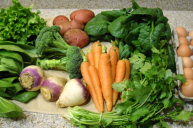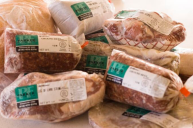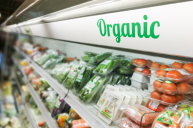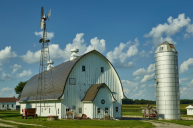When we pick up produce at the grocery store, it's not often that we think about how far that head of lettuce had to travel, or how many hands had to touch it, to get it to our dinner plates. As we recognize climate change as one of the biggest battles our society currently faces, we have to reevaluate systems like this and find solutions without steep environmental costs. One tried and true system from the beginning of time is to eat as local as possible, within your community. This is where CSAs come in.
What Does CSA Mean?
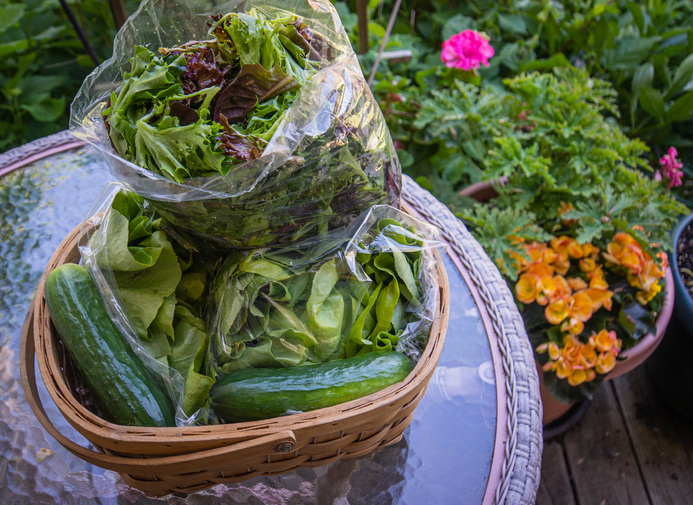
Getty Images
CSA stands for Community Supported Agriculture and is a fantastic system of investing in a local farm. The idea originated in Japan in the 1960s and the CSA model we know today was established in Europe in the 1970s by farmers and consumers concerned with the industrialization of their food systems. The first CSA in the United States was created in Massachusetts in 1984 and today there are over 2,500 of them.
How the model works is that the consumer pays a membership fee upfront, and then they receive a variety of local produce (usually organic) throughout the growing season each week. Some CSAs also offer foraged goods, fruits, herbs, meats, dairy, flowers, and other local products. This system allows for farmers to have financial security, as they have immediate income for seeds and growing needs. It also allows the consumer to have high-quality, fresh food at a less expensive price point.
Benefits of Joining a CSA
The benefits for the environment are enormous. Cutting out the middle man means the transportation cost and environmental cost is cut immensely, as the produce has much less distance to travel to the CSA members. The security for the local farmers means they can spend less time marketing and more time focusing on good land stewardship and care. When the crops can be cared for properly, the need for chemical pesticides is drastically reduced. Farmers and small farms become restored, which creates a flourishing environment for pollinators, fewer chemicals in water systems, and less need for processed and imported food. It also promotes genetic plant diversity.
Due to the industrialization of food, we have lost around 75% of plant genetic diversity since the 1900s according to the Food and Agriculture Organization of the UN. A thriving local community with farm-fresh, heirloom local food is a great solution all around.
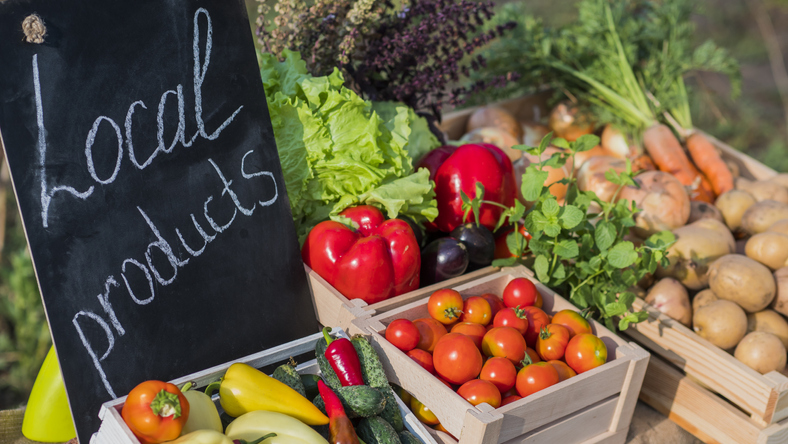
Getty Images
There are some risks with joining a CSA. For instance, blights, pests, and weather can damage crops, so you may not get everything you were hoping for. Or, they might have a lot of a certain crop that you don't particularly care for. In my personal opinion, both of these risks are worth it for the community care, environmental boon, and the freshest veggies possible. I was delighted by some of the things that came in my box of produce last year, some of which I had never tried before, and found that I loved. It was really cool to see what grows well here, and I was inspired by my own little garden. I got creative with the few bits of produce whose texture I didn't care for, and made quiches and blended veggie soups.
If a CSA sounds like something you would be interested in, or you just want to support your community by finding more local agriculture, localharvest.org is a fantastic resource that shows you farmers' markets, CSAs, local farms, and more near you! Finding a farm or even a farmers market you love is a rewarding and delightful connection to your community.
